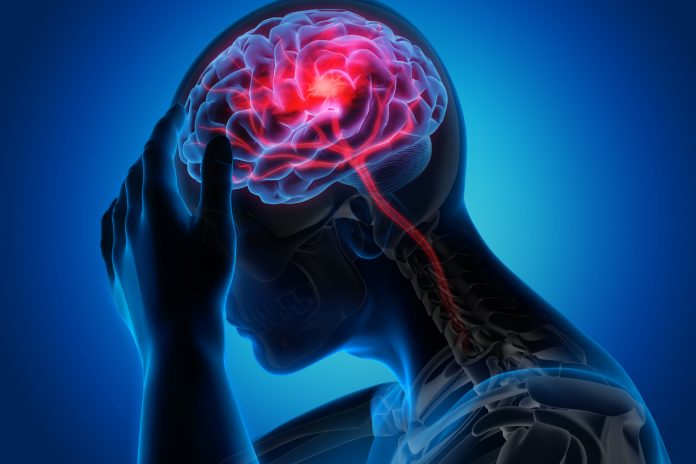
Researchers at the University of California, Los Angeles (UCLA) have discovered that a known network of inflammatory molecules could be used as biomarkers to calculate a person’s risk of developing cerebral small vessel disease, a common cause of stroke and cognitive decline.
In current clinical practice, the only way to understand a person’s susceptibility to developing cerebral small vessel disease is a combination of medical imaging techniques, family history, and assessing other risk factors. Moreover, physicians may only discover a person is at risk of having a stroke after they have already suffered one or a cerebral event predictive of a stroke.
The study published in the journal Stroke, measured concentrations of inflammatory molecules of the interleukin-18 (IL-18) network, which also involves signaling molecules and proteins that can fight infections. Previous studies have already shown that some molecules in the IL-18 network are involved in cerebral small vessel disease and, therefore, stroke risk.
In a 2020 study, UCLA researchers—including Jason Hinman, lead author of this study— discovered six molecules in the IL-18 network that were present in patients with vascular brain injuries, as seen in MRI scans. Based on these findings, Hinman and his team set out to understand if the IL-18 network could be used to determine a person’s risk of developing a stroke or cognitive decline.
The researchers found that molecules of the IL-18 network taken from a person’s blood could indeed be associated with an increased risk of stroke and cognitive impairment.
“The same way one uses cholesterol tests to evaluate one’s future risk for heart attack, we don’t have such a thing to estimate future risk for stroke. I believe we can do that by something as simple as a blood test which in theory can enable broader access to the best level of care and not lock it behind advanced imaging studies and specialist evaluations,” said Hinman, physician-scientist at UCLA Comprehensive Stroke and Center and the Mary S. Easton Center for Alzheimer’s Research and Care at UCLA, in a press release.
For their study, the researchers used health data from the Framingham Heart Study, a generations-long study collecting the medical history of thousands of people in the city of Framingham, Massachusetts, since 1948. Blood samples taken throughout the study had previously been tested for five of the six molecules in the IL-18 network; as later identified by Hinman and his team.
The researchers created a mathematical model based on the blood samples and medical histories of over 2,200 Framingham Heart Study participants. This mathematical model uses the concentrations of the IL-18 network molecules to build a risk score.
The overall results showed that people with higher risk scores had a 51 percent increased chance of stroke. Moreover, people whose risk scores were in the top 25 percent had an 84 percent chance of having a stroke at some point in their lives.
Further studies are needed to determine if a person’s risk score can be changed or even reduced, Hinman pointed out.
“The real challenge is in the primary care space. Are you at risk before you have an event? That’s what we’re all interested in doing, is preventing a stroke before it even happens,” Hinman concluded.











